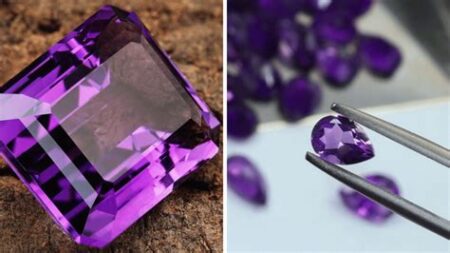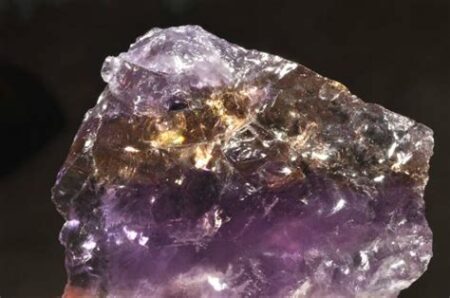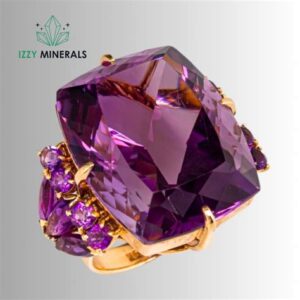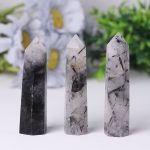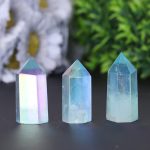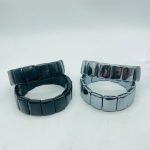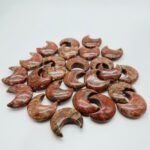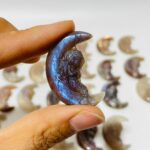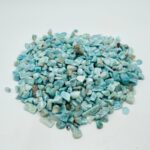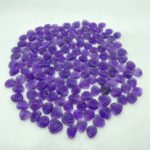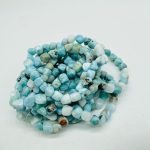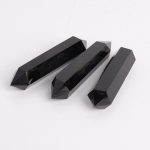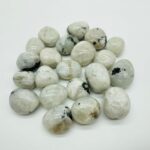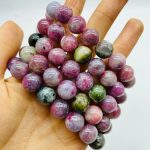Introduction
Fool’s gold, also known as pyrite, is a common mineral that often resembles gold. This can lead to confusion among inexperienced prospectors, hence the name “fool’s gold.” Despite its misleading appearance, fool’s gold has several valuable applications in various industries.

Chemical Composition and Properties
Fool’s gold is composed primarily of iron sulfide (FeS2). It has a distinctive brassy yellow color, a metallic luster, and a cubic crystal structure. While it shares some physical properties with gold, such as color and weight, it is much less dense and softer than genuine gold.
Distinguishing Fool’s Gold from Gold
Visual Inspection: Fool’s gold has a brassy hue compared to the rich yellow color of gold. It also lacks the malleability of gold, so it cannot be easily scratched or dented.
Density Test: The density of fool’s gold is approximately 5 g/cm³, while the density of gold is around 19.3 g/cm³. By weighing an equal volume of each sample, you can determine which is denser, indicating the presence of gold.
Scratch Test: Gold is a soft metal and can be scratched with a steel file or needle. Fool’s gold, on the other hand, is harder and cannot be easily scratched.
Mining and Production
Fool’s gold is widely distributed in the Earth’s crust and is often found in hydrothermal veins, sedimentary rocks, and metamorphic rocks. It is mined in various countries worldwide, including Peru, China, and the United States.
Economic Value
As a Gold Substitute: While fool’s gold is not as valuable as gold itself, it can be used as a temporary substitute in certain applications, such as electroplating and jewelry making.
Industrial Applications: Fool’s gold has several industrial applications, including:
- Production of sulfuric acid: Pyrite is roasted to produce sulfur dioxide, which is then converted into sulfuric acid, a widely used industrial chemical.
- Iron and copper extraction: Fool’s gold is often associated with iron and copper ores. It can be processed to extract these valuable metals.
- Construction materials: Pyrite is used as an aggregate in road construction and as a fertilizer in agriculture.
- Jewelry and Decoration: Despite its lack of intrinsic value, fool’s gold is sometimes used in jewelry and decorative items for its attractive appearance.
Determining the Value of Fool’s Gold
The value of fool’s gold primarily depends on its purity and the demand for its industrial applications. The following table provides an approximate range of prices for fool’s gold in various grades:
| Grade | Price per Ton |
|---|---|
| Run-of-mine | $20-$50 |
| Lump | $50-$100 |
| Concentrate | $100-$200 |
| Pyrite fines | $200-$500 |
Applications Beyond Industrial Use
Environmental Remediation: Pyrite can be used to remove heavy metals and other pollutants from water and soil.
Battery Production: Researchers are exploring the use of fool’s gold in the production of lithium-ion batteries, a promising energy storage technology.
Catalysis: Pyrite has catalytic properties and can be used to facilitate various chemical reactions.
Material Science: The unique crystal structure and electrical properties of fool’s gold are being studied for potential use in advanced materials and electronic applications.
Table 1: Global Production of Fool’s Gold
| Year | Production (Million Metric Tons) |
|---|---|
| 2017 | 105 |
| 2018 | 110 |
| 2019 | 115 |
| 2020 | 100 (est.) |
Table 2: Major Producers of Fool’s Gold
| Country | Production (Million Metric Tons) |
|---|---|
| Peru | 50 |
| China | 25 |
| United States | 10 |
| Russia | 5 |
| Canada | 5 |
Table 3: Industrial Applications of Fool’s Gold
| Application | Industry |
|---|---|
| Production of sulfuric acid | Chemical |
| Iron and copper extraction | Mining |
| Construction materials | Construction, Agriculture |
| Jewelry and decoration | Fashion, Design |
Table 4: Potential Applications of Fool’s Gold
| Application | Industry |
|---|---|
| Environmental remediation | Environmental |
| Battery production | Energy |
| Catalysis | Chemical |
| Material science | Electronics, Materials |

